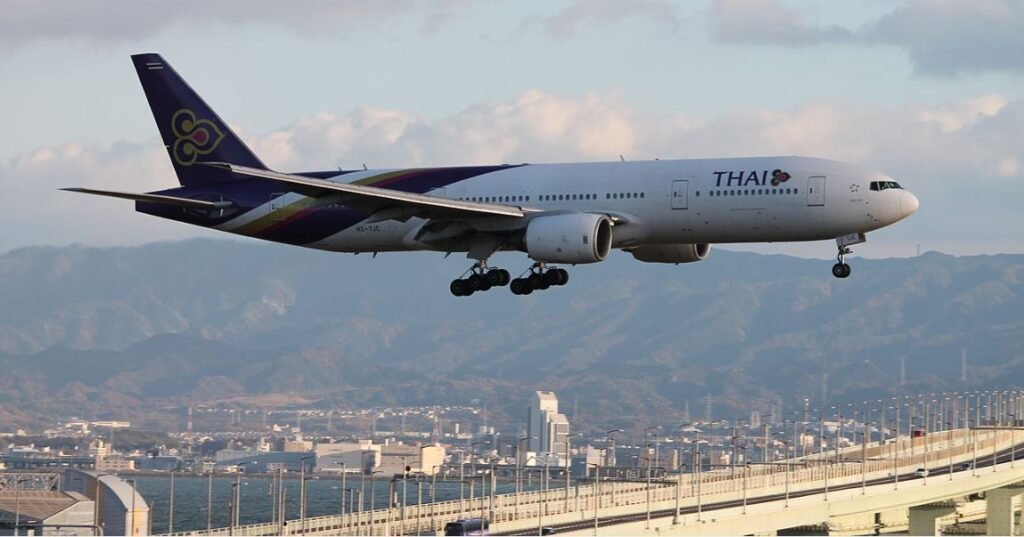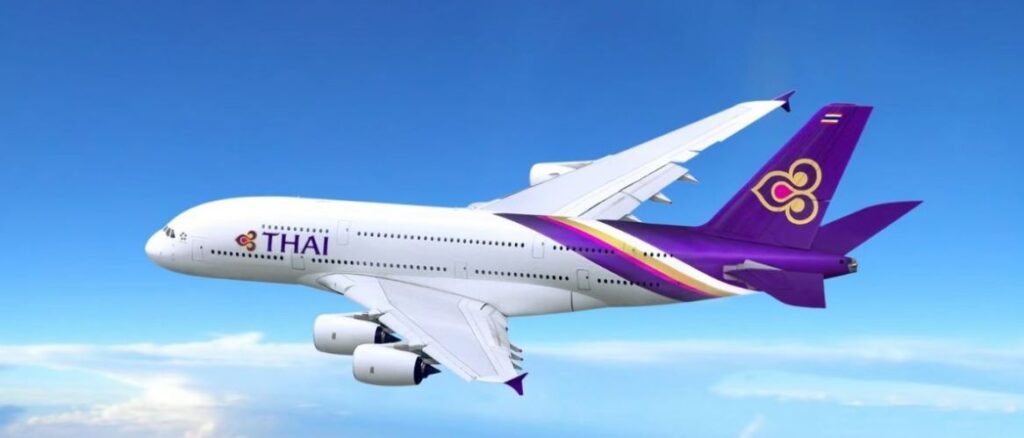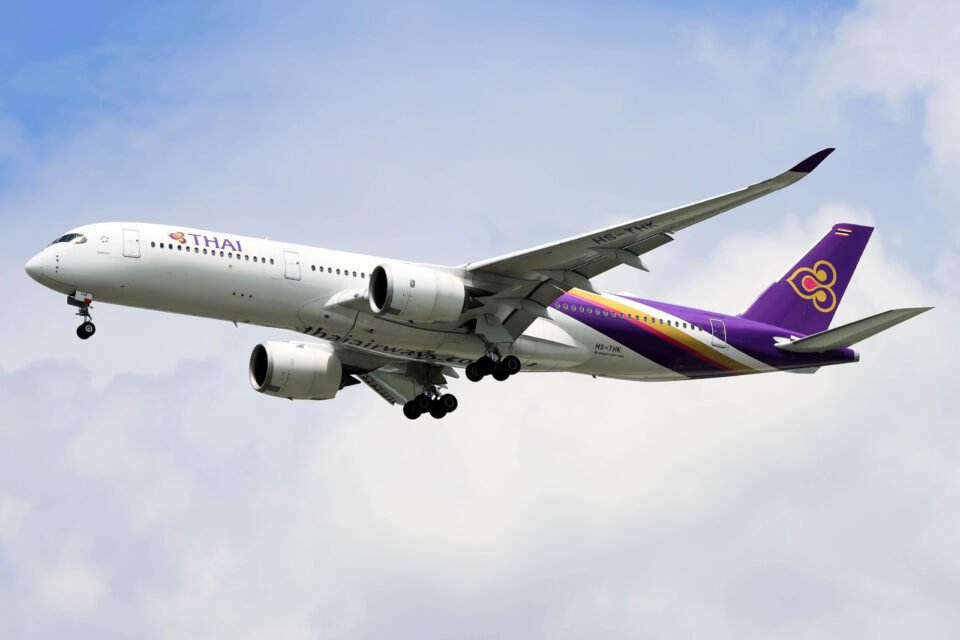The latest Asian airline to report first-quarter earnings is Thai Airways, which is recovering thanks to the Group’s rehabilitation strategy.Thai Airways’ announcement on Friday that it will generate a profit in the first quarter of 2023 (1Q2023) is yet another indication of how effectively Asian carriers are rebounding. The profit was generated as a result of rising travel and transit demand, with more than three times as many passengers than in the first quarter of 2022.
The numbers appear to be all positive.

Thai Airways International Public Company Limited (THAI), which also owns Thai Smile Airways, transported 3.5 million passengers in the first quarter of 2023, generating total revenues for the airline company of Baht 41.5 billion ($1.224 billion). This came from carrying 3.52 million passengers in 1Q2023, as opposed to 1.02 million during the same period previous year. This was almost four times what it earned in 1Q2022 at that time.
Operating losses before finance costs for THAI for the first quarter were $384 million due to operating expenses of $840 million. Gains from the carrier’s restructuring program and the sale of assets, including one Boeing 747, helped the bottom line, which resulted in a net profit of $369 million as opposed to a deficit of $95.6 million in the first quarter of 2022.The airline said that their winter operating schedule, which supported up to 34 destinations, including Europe, Australia, and Asia, was to blame for the rise in demand.

Additionally, THAI increased capacity in the first quarter on its busiest routes to Japan and South Korea, and it benefited to some extent from the resumption of service to China on March 1. Compared to the first quarter of 2022, when the load factor was 32.5%, the first quarter’s load factor was 83.5%.
In accordance with the terms of its business rehabilitation plan, THAI sold six Boeing 777-300ER aircraft during the third quarter. The contract is anticipated to be completed in April. The airline claimed that the 777-300ERs “were not in the future flight operations plan,” despite the fact that it reinstated one 777-200ER into service in the first quarter. These planes go to destinations like Singapore, Kuala Lumpur, Dhaka (Bangladesh), Islamabad (Pakistan), and Kolkata, New Delhi, and Chennai in India.
Twenty Thai Smile-operated Airbus A320-200s were among the 86 aircraft in THAI’s fleet that were flying at the conclusion of the quarter. According to the airline, 16 aircraft have been retired from the fleet and are currently for sale, leaving 21 aircraft in long-term storage. With an average daily utilization of 12.3 hours per aircraft and a rise in total flight hours from 30,526 in 1Q2022 to 66,919 this year, fuel expenditures increased more than anticipated due to a 10% year-over-year price increase.
Where will THAI go?
The introduction of two Airbus A350-900 aircraft, which are servicing rising demand on routes to China, including Kunming, Beijing, Shanghai, and Guangzhou, as well as Melbourne, Australia, has helped the second quarter. It anticipates that in the upcoming quarter, the routes to China will expand quickly, and the A350s would “support the upward passenger traffic due to the industry recovery.”
In its announcement on Friday, THAI stated that it is moving on with its feasibility study on restructuring THAI and its subsidiaries, including Thai Smile’s operations. With more flights, it hopes to increase income potential from the network and increase fleet utilization, especially on overseas routes where there is less competition.Additionally, the group seeks to “minimize the constraint of short-term aircraft procurement resulting from the continued recovery in the aviation business while aircraft manufacturers have limitations in expanding production capacity to meet the rapidly increasing traffic demand.”





